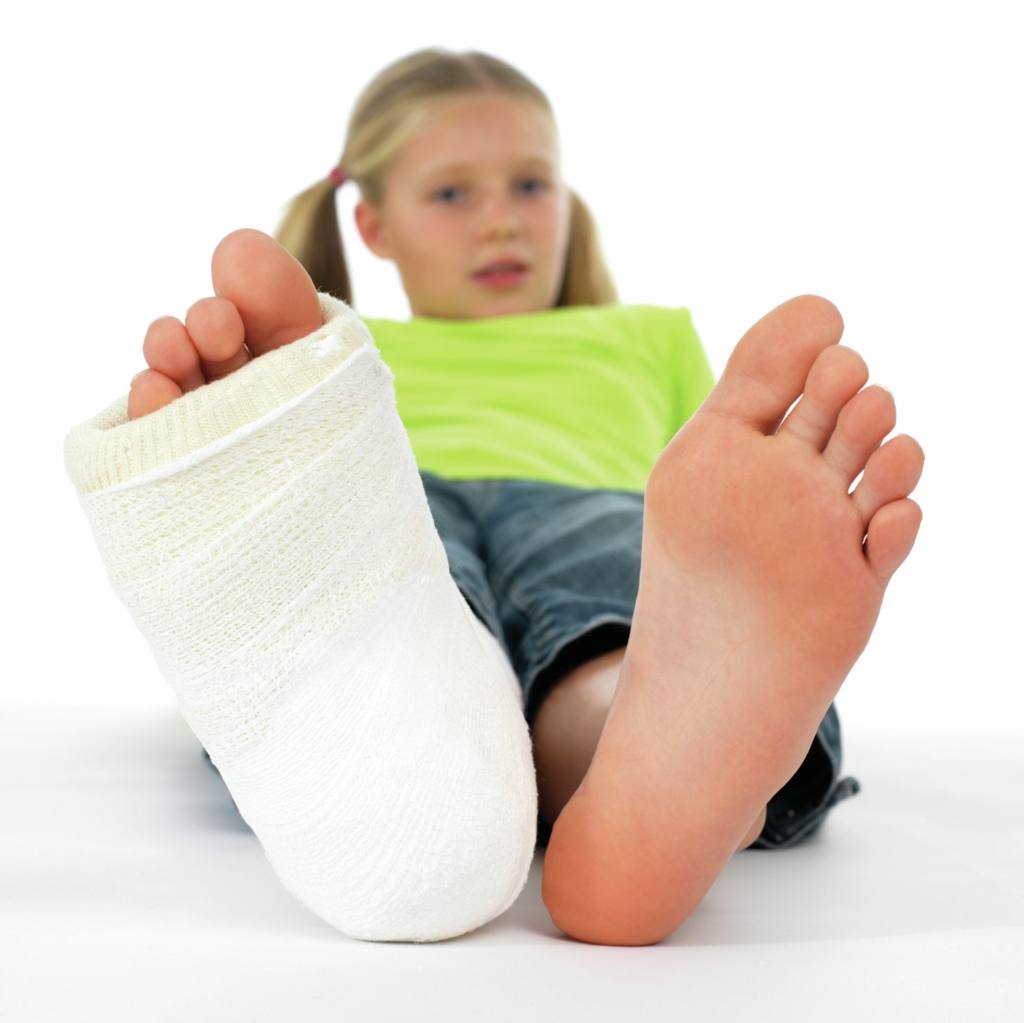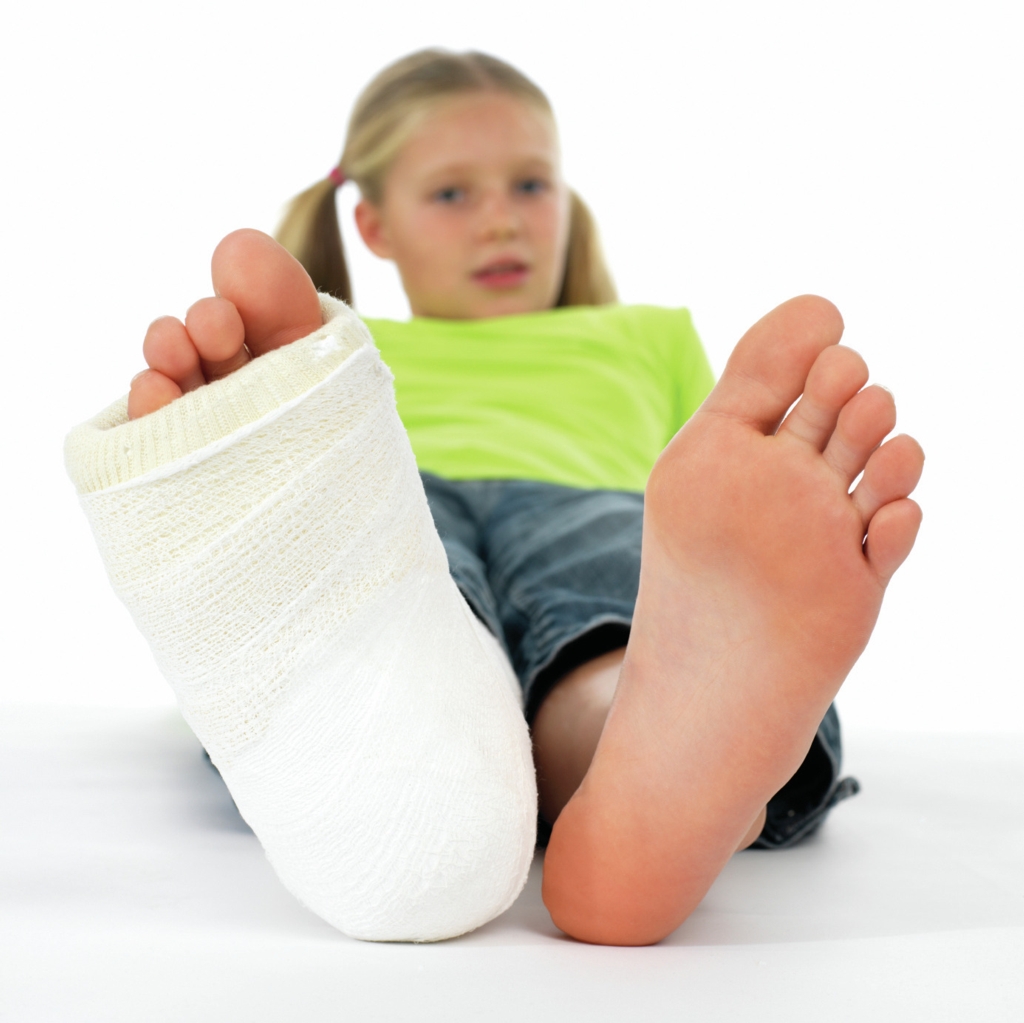Sprains vs. Fractures: What to Do When Child's Play Becomes Rough
Whether from a fall from the monkey bars or from pivoting the wrong way during a basketball game, broken bones and sprains and strains are common injuries among children. And to complicate matters, children are also subject to a unique injury called a growth plate fracture that can have serious consequences if not treated immediately.


Growth plates are areas of developing cartilage tissue near the end of long bones. They regulate and help determine the length and shape of a mature bone. Growth plates are the last parts of the bones to harden once a child is full- grown. Until then, they are soft and susceptible to fracture.
In fact, up to 30 percent of all childhood fractures are growth plate fractures.
Telling the Difference Between a Fracture and a Sprain
A fracture is a broken bone while a sprain involves a stretch or partial tear of ligaments (which connect two bones). Strains are injuries to muscles due to overstretching.
One of the surest signs of a fracture is hearing a snap or grinding noise during the injury. Other signs include swelling, bruising or tenderness, difficulty moving the injured part and pain when bearing weight or being touched.
Sprains and strains happen more often in teens than in younger children. Signs and symptoms may include pain in the joint or muscle, swelling and bruising, warm and redness of the injured area, and difficulty moving the injured part.
When to Seek Care
In the case of a suspected fracture, see an orthopaedic specialist as quickly as possible so the bone or growth plate gets the proper treatment before it begins to heal. If the fracture is severe, call 911 and seek immediate care at the nearest emergency department.
For sprains and strains, doctors often recommend the R.I.C.E. approach for the first 48 hours after the injury.
- Rest. Rest the injured part until the pain subsides.
- Ice. Wrap an icepack or cold compress in a towel and place over the injured part immediately. Leave it on for no more than 20 minutes at a time, four to eight times a day.
- Compression. Support the injured part with an elastic compression bandage for at least two days.
- Elevation. Elevate the injured part above heart level to decrease swelling.
Additionally, doctors recommend ibuprofin or acetaminophen for pain and to reduce swelling.
If you are unsure about the nature of the injury, or if symptoms worsen or fail to improve over five to seven days, call your doctor as soon as possible and seek medical treatment.
Treatment
The good news is that since children’s bones heal faster than adult’s, they will not need to stay in a cast or splint as long. Treatment depends on the severity of the injury. Mild fractures may simply need the support of a cast or splint. More severe fractures may require surgery to realign the bones and then pins, metal implants or a cast to hold them in place until they have healed.
Harvey Smires, M.D. is board certified in orthopaedic surgery and is a member of the medical staff at University Medical Center of Princeton at Plainsboro.







